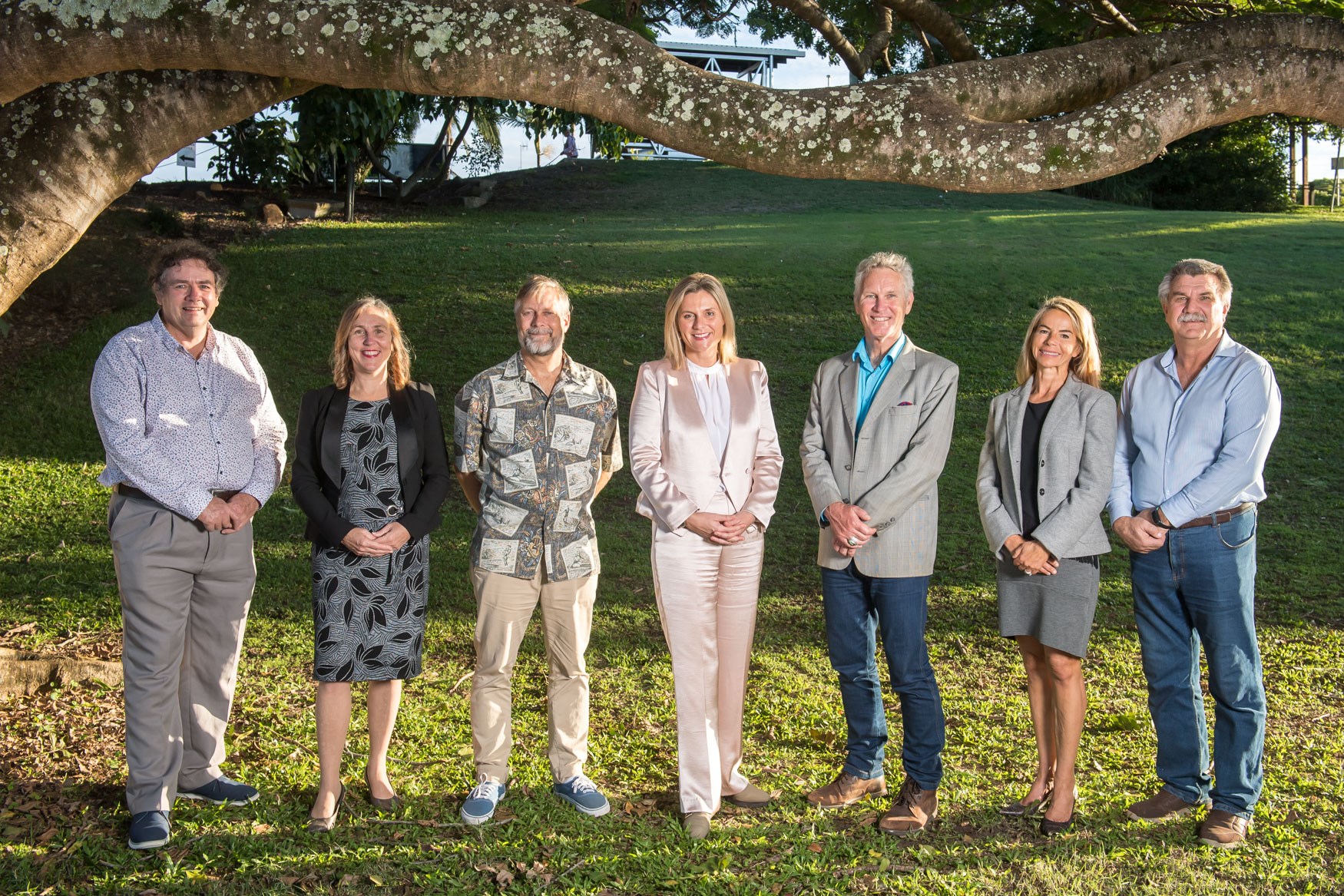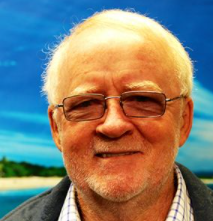Thirteen candidates nominated for the 6 councillor positions on Noosa Council at the 2016 elections.
They were followed by 20 hopefuls at the 2020 elections. It was pretty close to a Melbourne Cup field of 24 runners but with a much less glittering prize.
Why are so many putting their hands up, and is that the new normal?
A Local Government Association of Queensland survey 25 years ago found that the majority of elected members in Queensland at that time had a history of volunteer community service. Except in the few larger councils, Councillors were part time and only received a daily allowance for attending official meetings.
In some large Western councils with small populations, it was not unusual for residents to be tapped on the shoulder to ‘take their turn’. Sometimes retiring Councillors were replaced that way and no one else nominated, so no election was required.
Two significant changes since then may be part of the reason so many candidates nominated in 2020 – and may again in the lead-up to March.
Council amalgamations across the State in 2008 created much larger but fewer councils, increasing the workload of a reduced number of elected members.
Then in 2009 the State Government established a Commission to set elected member annual pay according to the size and responsibilities of councils.
The resulting pay increase has enabled many more residents to consider standing for election to councils. That is seen by many as a positive outcome of the change.
But some see the increase in rates of pay as a negative because it has encouraged candidates simply ‘looking for a job’. And if elected they are more likely to make ‘populist’ decisions to maximise their chances of re-election. In fact one of the submissions to the Local Government Remuneration Commission last year (not from Noosa) suggested an increase in their rates of pay to provide a ‘career pathway’ for elected members. That sent a shudder through me.
A Councillor in Noosa currently receives over $85,000 per annum including super, the Deputy Mayor a little more, and the Mayor almost double.
There are of course other reasons for residents to nominate for election to council.
Occasionally it can be a single issue that drives a candidate. Frequently the issue is clearly the responsibility of State or Federal Governments. But it can also be a significant council issue affecting the community, like short term accommodation destroying resident amenity.
There have always been councillors who have been asked by a political party to stand for State or Federal parliaments. Nothing new there. But when a member of a political party nominates for council and benefits from support by party branch members, voters are entitled to wonder whether council is simply being used to obtain free exposure for potential State or Federal ambitions. Is the Council role an end in itself, or a stepping stone?
And when a candidate says they are ‘independent’, what do they mean? Independent of what or whom? And if a candidate is a member of a political party and receives campaign assistance from the local members of their party, how ‘independent’ is that?
The last thing most communities want is their council full of career politicians. In 2020 a single Noosa candidate stood as an endorsed candidate of a political party, and that was revealed on the ballot paper. That candidate received the second lowest number of votes.
Noosa has also had its share of candidates who earned a living from property development activities. That’s where the big money was made (and lost) in Noosa during the last 60 years, and the potential conflicts are obvious. Most of the candidates were not successful, although the then local manager of the company that developed the Crown land from Sunshine Beach to Peregian Beach was a councillor for a short period until 1982. There was no Noosa Plan then for him to influence, but there is now. And being involved in the development industry is not a legal conflict of interest when voting on the provisions of a new Noosa Plan.
Many voters would like to know a candidate’s motivation before voting and it can be difficult to cut through the ‘motherhood statements’ and gilded CV’s to get at the truth.
Even in a relatively small Noosa community, few voters will know much about candidates. Sadly, we know thousands of voters will make up their minds as they stroll into the voting booth. We need to be sceptical of what the candidate chooses to put into the public domain. That usually consists of a few facts and a lot of personal marketing and promises.
Voters need to decide what is important to them, and discover how the candidates stack up if possible. Noosa Shire has 6 Councillors and a Mayor. So voters are required to select 6 Councillor candidates on the ballot paper to cast a valid vote.
If you want to vote for some candidates who have been community volunteers, see if they have a reasonable history compared to others who might have got busy because they had decided to stand for election.
On environmental protection, voters may prefer a candidate who has a track record of advocating for action on environmental issues, or is in a Bushcare or conservation group. In Noosa, it’s highly unlikely that any candidate will not tip their hat to the environment these days (they all read the polls), but history has shown that some ‘environment’ warriors turned out to be something different altogether.

Determining political affiliations can be more difficult, because only a candidate ‘officially’ endorsed by a political party will have that fact identified on the ballot paper. Party branch members may turn out to assist them during their campaign, help them run fundraisers and wear their tee shirts at the polling booth, but they can still call themselves ‘independent’.
In the months ahead as we count down to a vital election that will determine our future, Noosa Matters will do its best to cut through the camouflage of creative CV’s and grand promises. We know our readers are engaged and interested enough to care who they vote for and to understand what’s at stake.


This Post Has 4 Comments
Thanks to the team at Noosa Matters for informing us of the facts and hopefully bring public awareness.
We do not want any party political councillors. Local council is just that, local. The rot set in when the current mayor , an LNP member, nominated as mayor after failing to be selected as a state government candidate and was elected instead of Tony Wellington. Now with the forthcoming election, we have several candidates who are members of political parties. No, no and no again. We need to be active in informing the electorate, many of whom are new to Noosa. They may vote just on their political beliefs. Local government MUST be free from party political influence.
Thanks Noel
I’m new to the area, but in only 4 years we have witnessed major habitat loss.
I’m keen for keeping Noosa as pristine, naturally beautiful and diversified as possible and the threat of both exposure seeking pollies, or pro development councillors gaining votes by hiding their motivations behind white washing motherhood statements is a real threat.
Please alert us to your ongoing research revealing these so as a community we can mount public awareness programs on the facts. Tim
Likewise Tim, 4 years for me and moved here in large part because of the good work Tony Wellington was doing as a legitimate environment and conservation advocate… I smelt a rat at the very start of the current mayors campaign and is it has shown, rightly so. I am so thankful for the team at Noosa Matters but only hope they aren’t just singing to the choir.